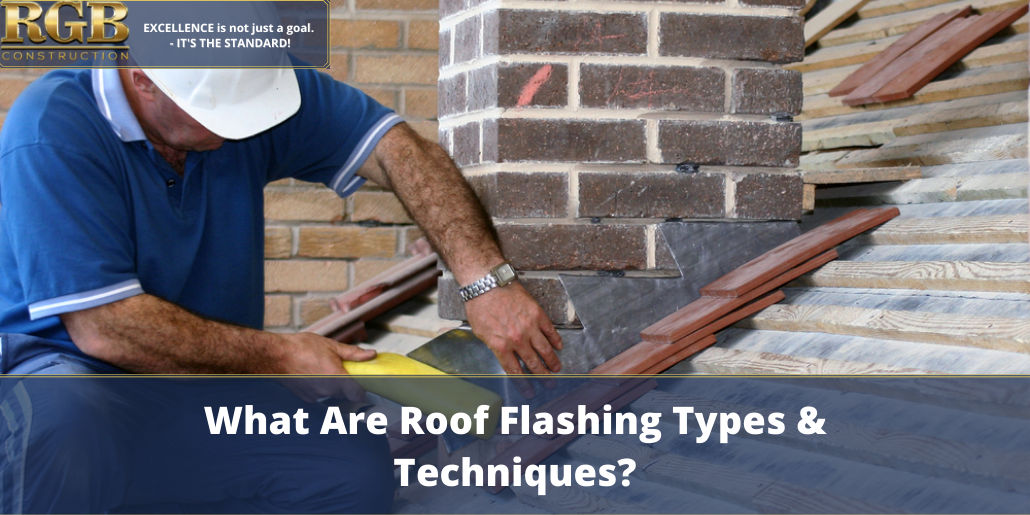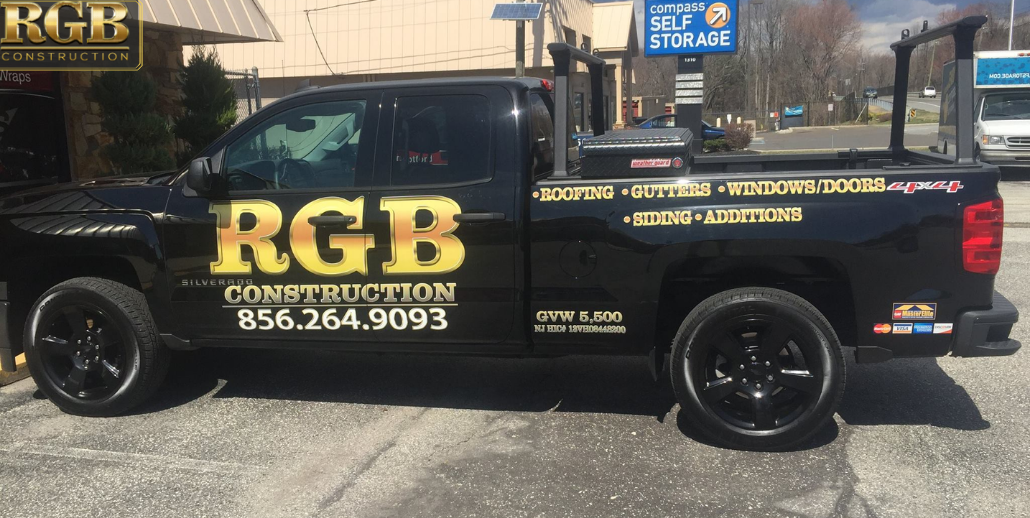Maybe you’re unfamiliar with roof flashing and what you use it for. Well, it’s a thin metal material that roofers use to move water away from specific areas that are susceptible to leaks, such as walls, chimneys, roof valleys and other areas of a roof.
You place flashing material beneath the shingles or between the areas where the surface of the roof meets different roof projections like a chimney, dormer wall and other rooftop protrusions. It becomes a necessary material for use on every roof, particularly when your roof has leaks, tile damage, or other related repair issues, so you want to consider replacing roof flashing right away with any of these problems. Roof flashing does repel moisture and wind and helps prevent water damage, plus it reinforces shingles, tiles and other roof coverings.
Companies make roof flashing from either aluminum, galvanized steel, or copper (for copper roofs). Galvanized steel is suitable for buildings while aluminum, being more flexible, is for use on more home, do-it-yourself roofing projects.
Types Of Roof Flashing
Flashing is available in several types, and there are techniques for using the material. Here are the main types along with the techniques for using them.
Valley Flashing – With a roof valley, you have a shape in a V formation that exists where two roof slope areas come together. A roof valley is a convenient area for rain to make its presence know as it drips down into the surface of a roof and creates leaks.
In order to stop leakage, valley flashing comes into play. You place a sheet of metal beneath the shingles, which keeps the slopes from touching one another. With this procedure, any rainwater runs along the edge of a roof slope and into the flashing. The water flows down the rain gutter and there is limited damage to the roof valley.
Chimney Flashing – Chimney flashing creates a seal that is waterproof. It protects the chimney and roof from water that can damage and penetrate the area. You protect the base of the chimney with base flashing (metal wrapped around the bottom of the chimney) to protect it from water leakage. Chimney flashing acts like weather stripping for a chimney and it consists of three flashing parts, which are step flashing, counter flashing and base flashing.
Step Flashing – L-shaped metal is placed under shingles and along the brick of the chimney. Most shingle manufacturers require step flashing sidewalls for both asphalt and other wooden and slate shingles. This type of flashing stays on top of the shingles rather than installing it between shingles.
Counter Flashing (cap flashing) is another L-shaped metal piece that covers the step flashing. It’s embedded within the chimney brick.
Base Flashing – is placed in the area where the chimney meets the roofing surface and protects against water intrusion.
Using these different flashings in the chimney process will create a seal that’s resistant to water.
Vent Flashing – Vent flashing stops water from building up around any vents and pipes on a roof. Maybe it’s a hood vent, pipe vent of most any kind, or a plumbing vent. Flashing for these different areas is available in rubber as it wraps around pipes to set up a seal that’s water-resistant. Metal is used to cover any vent tops.
The flashing has a metal square piece at the bottom. When it’s installed, the main part of the flashing goes over the pipe or vent underneath the roofing. It runs along both the top and back edge, which allows any water to run out of the opening of the vent.
Drip Edge Flashing – This kind of flashing is in the shape of an L that is placed along a roof’s edge. Water is directed away from the fascia of a roof and the excess water flows into the gutter. It protects both the drywall and fascia board. You also want to keep water from overloading your gutters.
Skylight Flashing – With a skylight, a piece of flashing that is a continuing metal piece seals the base of the skylight. The flashing goes around its base to the top of the skylight, which keeps water from seeping into the area.
You want to seal a skylight with flashing ahead of time as it’s a part of a roof that is vulnerable to water damage.
Techniques With Roof Flashing
Step Flashing – You use this technique with areas where a roof meets a wall, such as a roof dormer that projects out of a roof. With rain, any water goes down the wall, runs through the shingles and on into the gutter.
Installation involves steps and layers of shingles that are in between. The process ensures that any water that goes underneath a shingle will remain on top of the flashing that is covering the shingle
below. Water can then drain away effectively.
Counter Flashing – This kind of flashing is used around chimneys. It’s in two pieces.
Base flashing – This flashing will be wrapped around the bottom of the chimney.
Counter flashing – This technique involves enclosing the flashing within the chimney’s masonry. It stops water from coming over the base flashing.
Vent Boot Flashing For Plumbing – Vent flashing is a circular-shaped material that goes around a plumbing vent. Shingles will go over the vent boot to allow enough height to keep water from running into the vent.
Let Our Experts Help You
When you clean your gutters, you want to remember to look at the state of your flashing and shingles. You may need to either replace your flashing or repair those areas where flashing is in bad shape. If that’s the case, you’ll need professional roofers to help with the work. Our experts at RGB Construction can easily assess the damage and replace any type of flashing and other roofing materials. Call us at 856-264-9093. We’d be happy to help you avoid potential leaks and damage to your roof.








